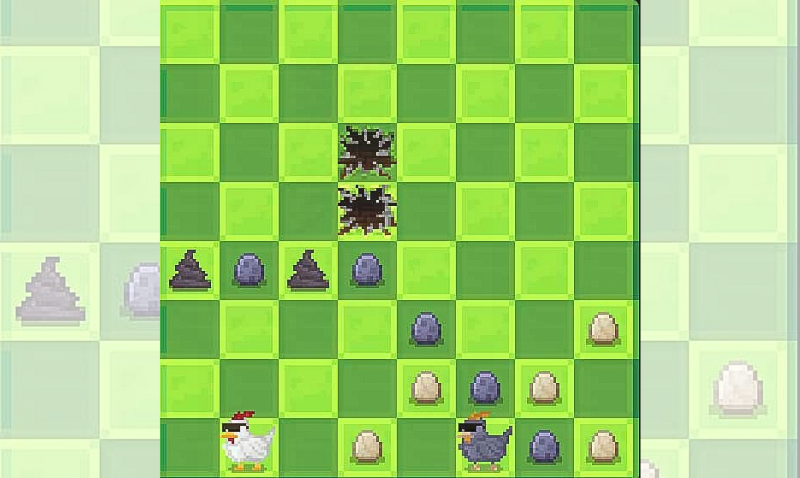
OMSCS Student Creates History of AI Exhibition at Ferst Center for the Arts
In 1898, engineer Nikola Tesla designed a remote-controlled boat and immediately saw its implications for artificial intelligence.
“Time is not distant when I shall show an automaton, which left to itself, will act as though possessed of reason and without any willful control from the outside,” he wrote.
A sketch of this boat is on display at Georgia Tech’s Ferst Center for the Arts as part of a new exhibition History of AI, curated by Online Master of Science in Computer Science (OMSCS) student Edwardo Martinez. The 18 pieces chronicle the progress of artificial intelligence (AI) from 1770 through today. Martinez pairs actual advancements in AI, like Tesla’s boat, with pop culture’s understanding of it, including Mary Shelley’s Frankenstein, Mickey Mouse comics, and HBO drama West World.
“AI is starting to impact a lot of individuals' lives, so using art as the medium and choosing commonplace science fiction tropes is a good way to draw people into the exhibition,” Martinez said.
Ultimately, he hopes the exhibition illustrates how AI hasn’t always been seen as a problem but a possibility.
“A lot of what we hear about AI can highlight negative outcomes, with the extreme case of humanity being destroyed, but people like Tesla saw it as the future in a very matter-of-fact way.”
Finding motivation through OMSCS
Martinez, who works as a software engineer, has always been interested in AI and used his OMSCS studies to develop that passion. In one of his first classes, he thought it would be fun to create a timeline of the field, but the idea didn’t become a reality until his final semester when he took OMSCS Associate Director of Student Experience David Joyner’s Educational Technology course, which teaches students how to put together educational research projects.
“It helps students figure out an intended audience, what research should be done, choose a delivery structure, and develop a plan to get a project done,” Martinez said. “It was a really good way of forcing myself to do research on something I thought was interesting.”
Using Google Scholar, Martinez was able to find a narrative of AI’s evolution, but he needed to find a way to present it compellingly because one of his goals was to make the research accessible to people who didn’t work in computing. Soon, he realized art would be the most approachable medium.
Around the same time, Martinez heard of the Ferst Center’s Creative Curricular Initiatives grant program and applied. With a match from the College of Computing, Martinez won the grant and used it to laser cut and 3-D print different pieces for the exhibition at maker-spaces near where he lives in San Francisco.
Perhaps his most ambitious yet is “Theseus.” It’s a piece that combines neon-yellow florescent acrylic and 3-D printing to tell the story of Claude Shannon’s intelligent mouse that could solve a maze on its own.
The exhibition will be on display in the lobby of the Ferst Center until April 25, but Martinez hopes to expand and send the exhibition to other AI research centers. In the meantime, the entire exhibition can be viewed on its website with detailed descriptions of Martinez’s artistic process.


